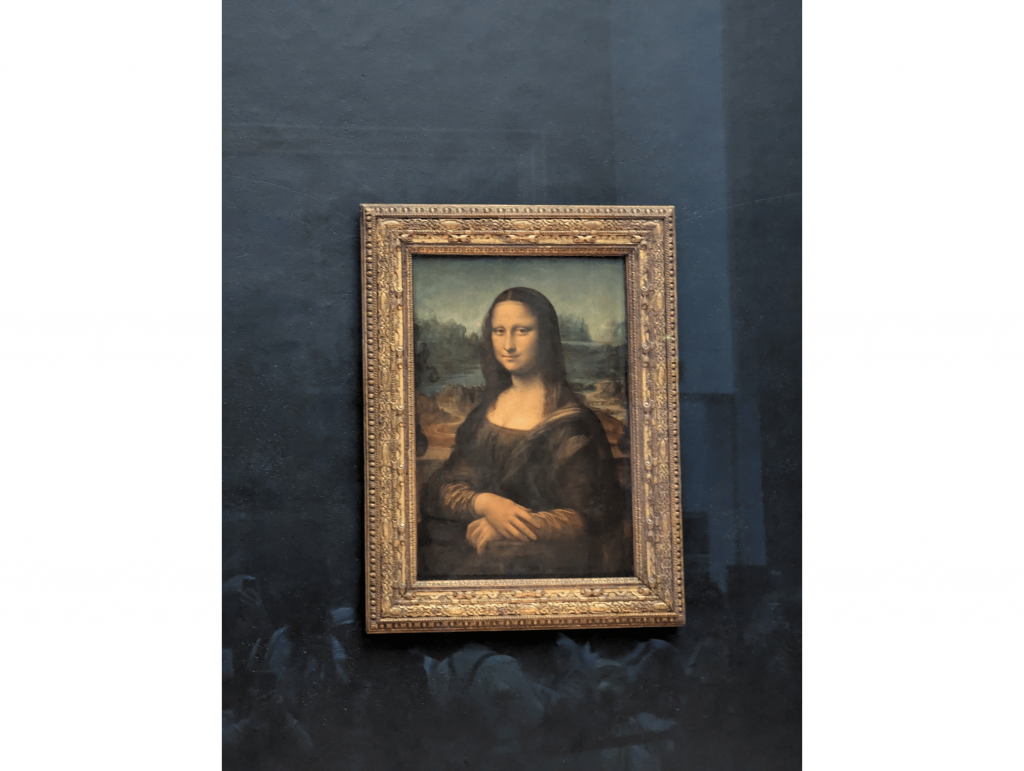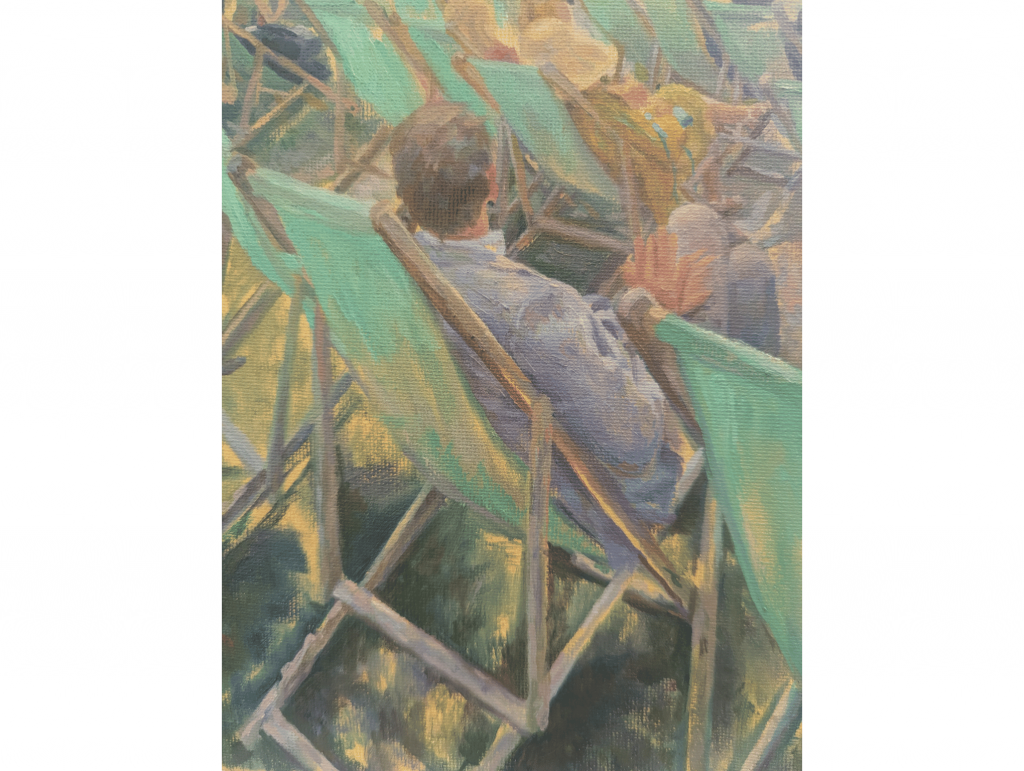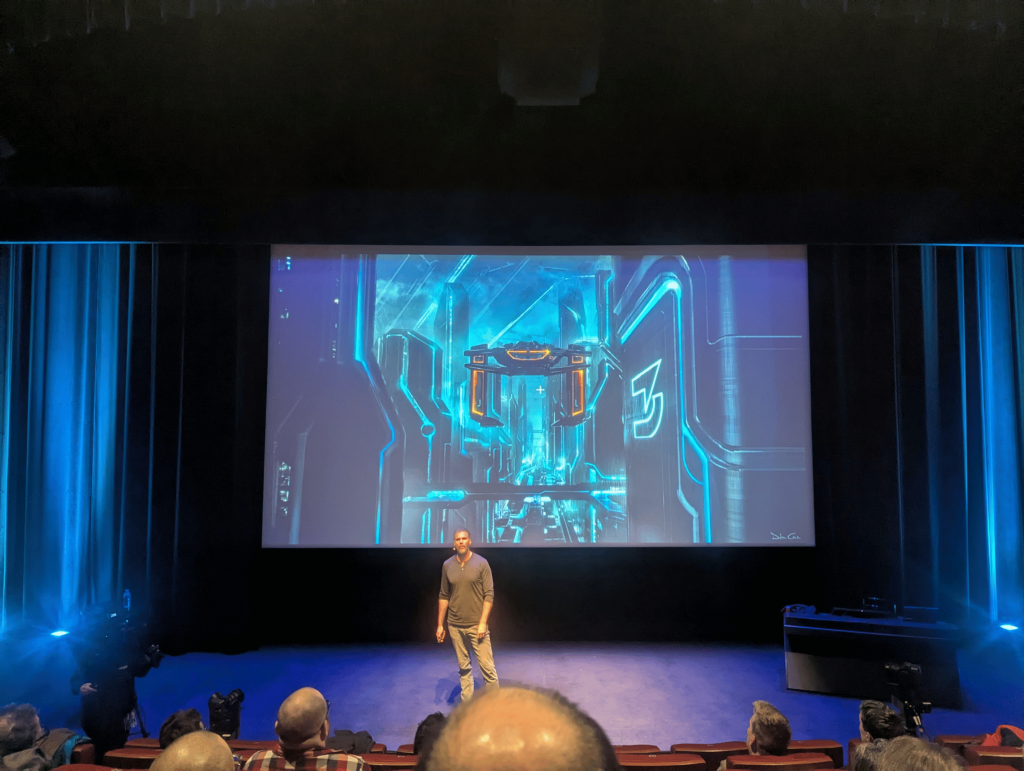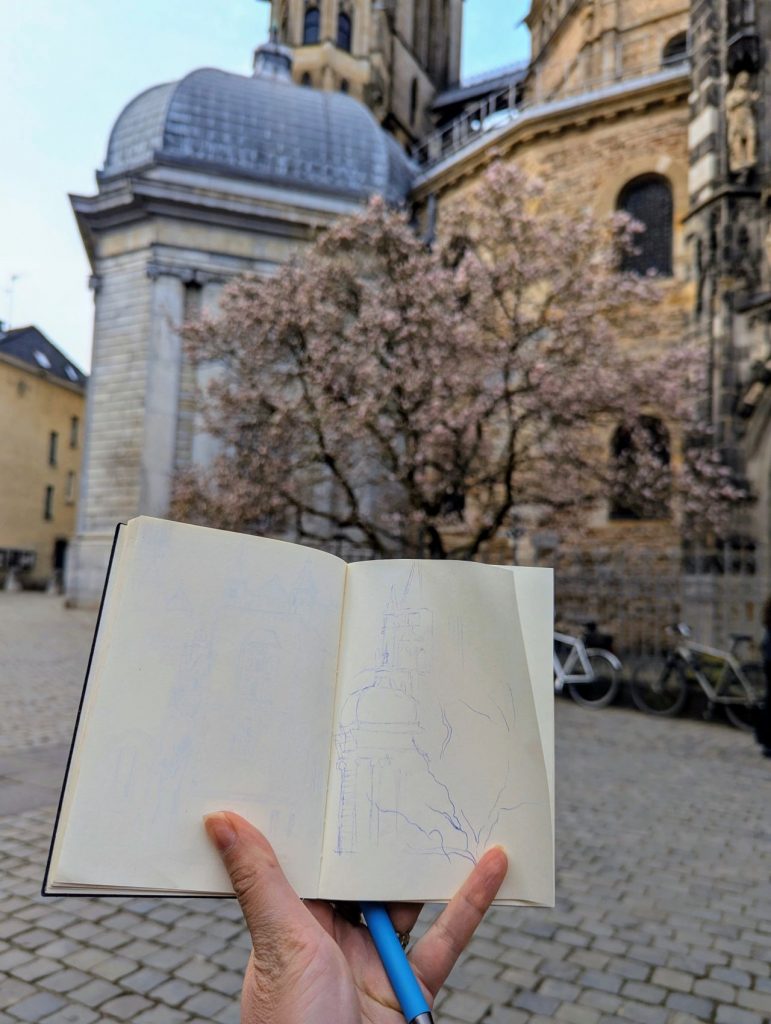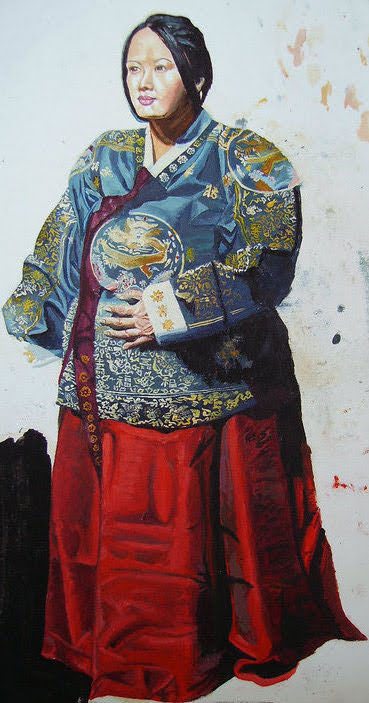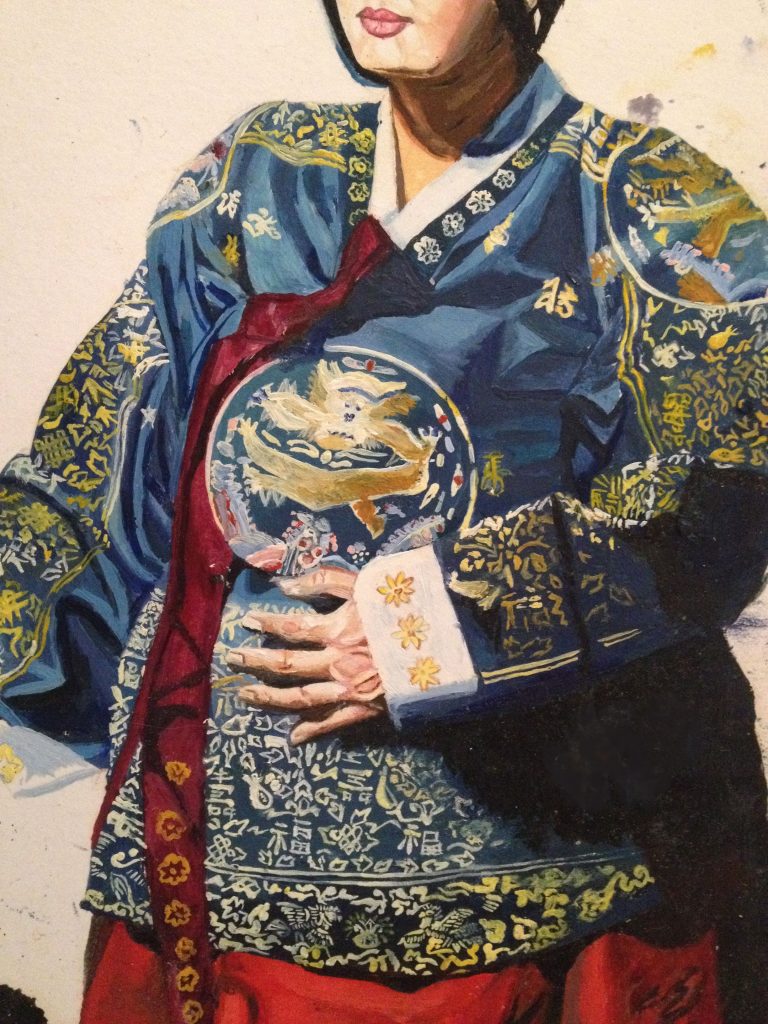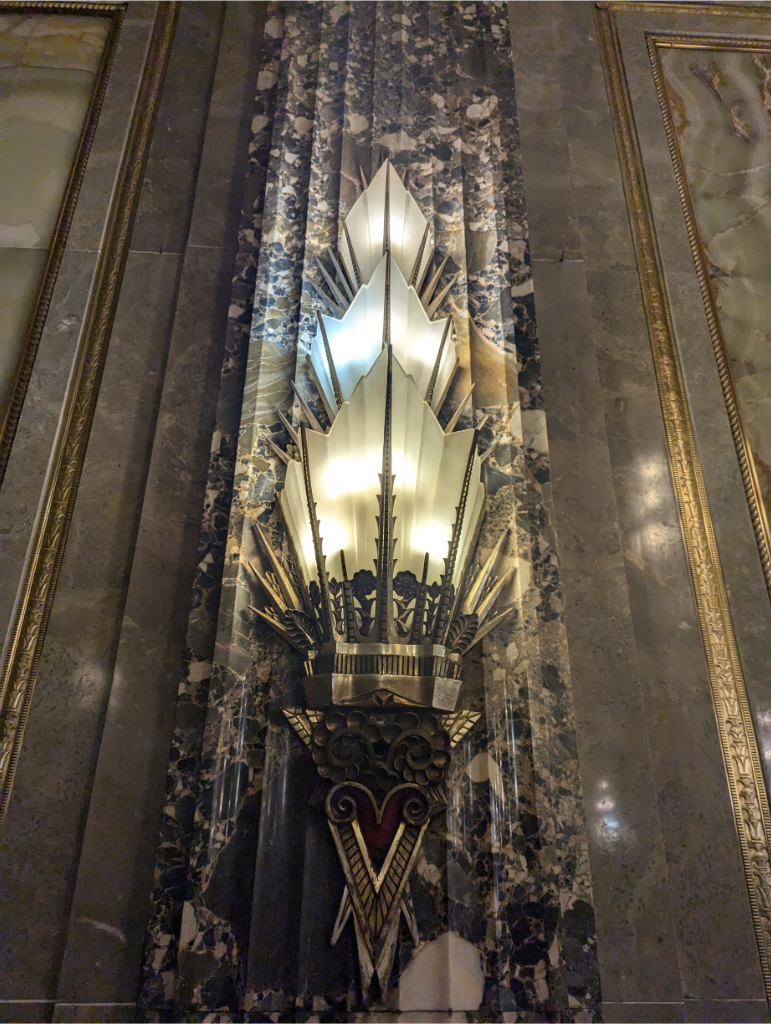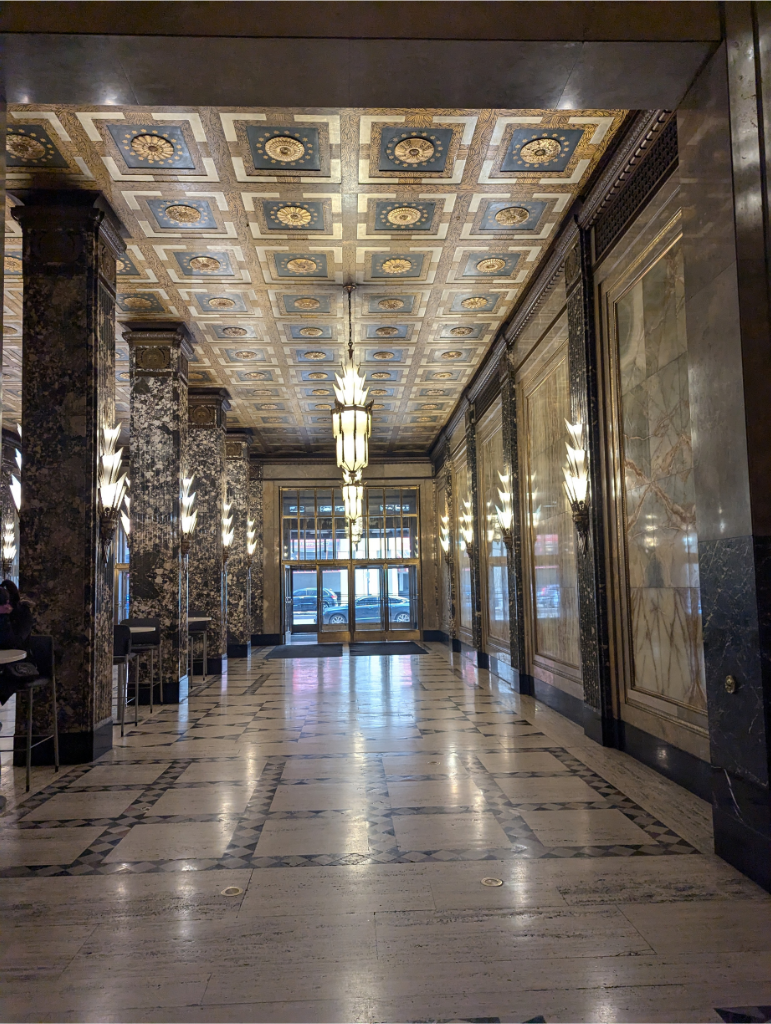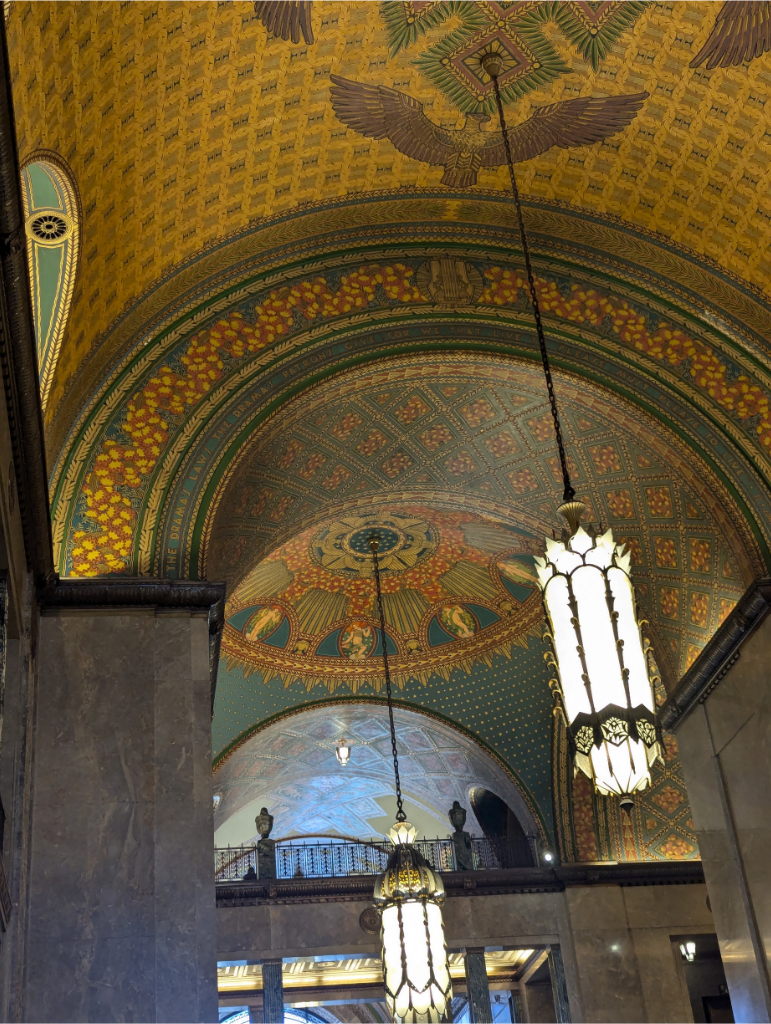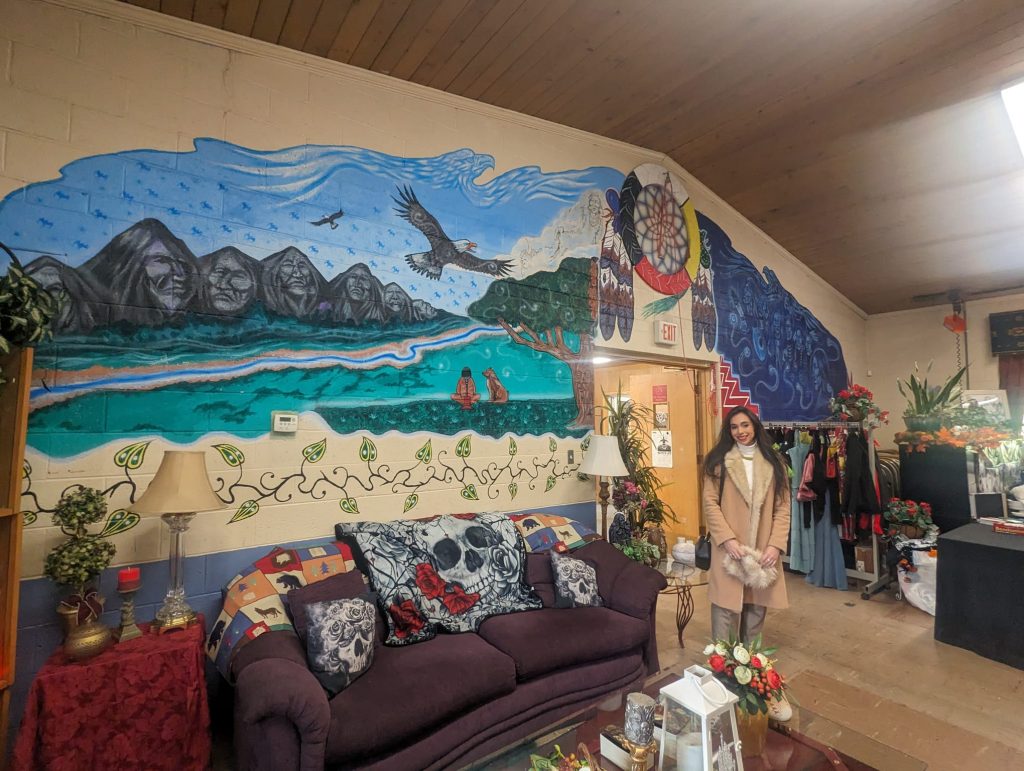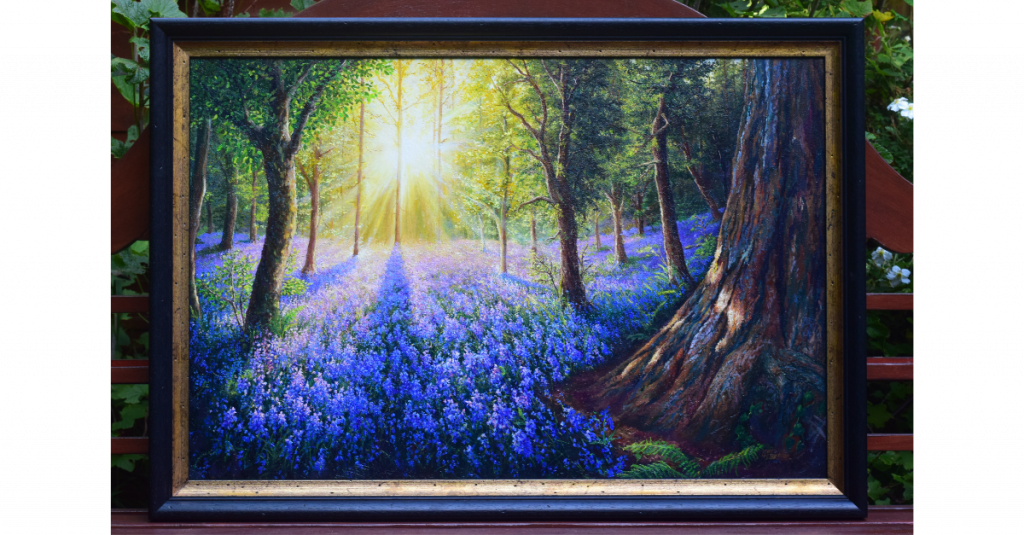The 2025 edition of Henley Royal Regatta is about to commence! From 1-6 July, thousands of visitors and spectators will watch over 400 races featuring Olympic rowers as well as crews new to the event. Arguably the best-known regatta in the world, it is a highlight of both the summer sporting calendar and the social season.
I’m honoured to have been invited to exhibit for the second year running at this prestigious event. I delivered three new oil paintings to the Art Gallery in the Stewards Enclosure on Saturday, 28th June, and look forward to attending the finals on Sunday, 6th June!




Attendees to the races can enjoy sweeping views of the Regatta Course, with the stunning backdrop of Henley town and St Mary’s Church tower.
My art will be on display in the Art Gallery in The Stewards Enclosure, situated on the Berkshire side of the River Thames and open to Members of the regatta and their Guests. The enclosure boasts exclusive eateries, lively bars, Prize Tent and a view of the Finish Line.
Meanwhile, non-members can purchase tickets for the Regatta Enclosure, located on the beautiful Henley Reach. The Regatta Enclosure offers a family-friendly environment with a relaxed dress code. There is riverside seating and an open grandstand, as well as a covered restaurant, an outside dining area and a bar offering a range of food and drink.
Visit the website for more details.
